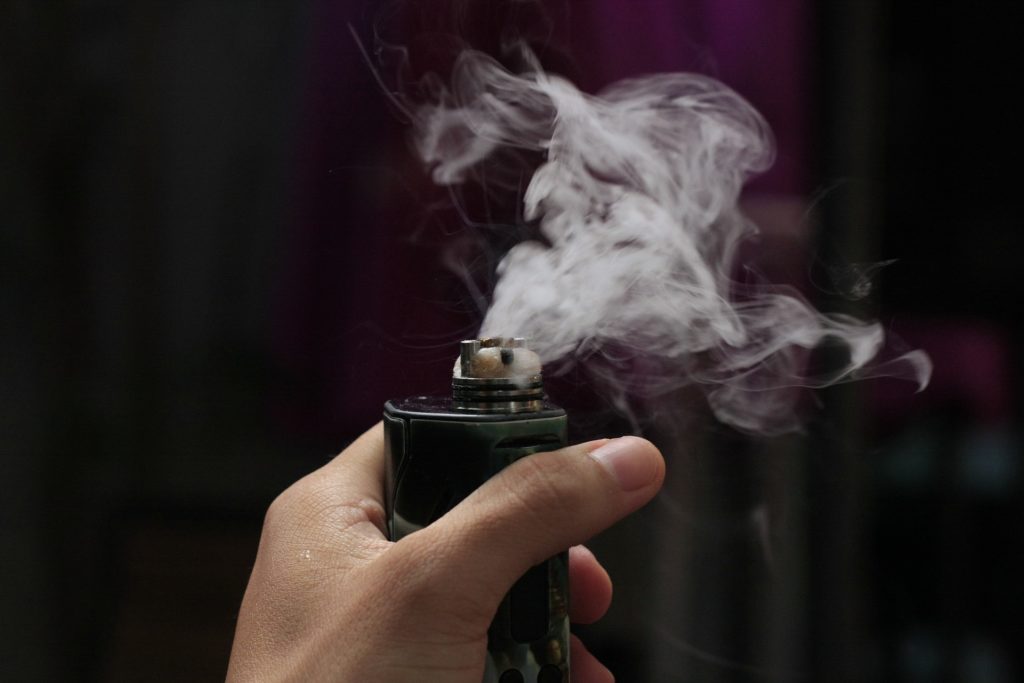
Beyond Cigarettes: How Smoking Affects Your Health
By Monica Bennett, Health Promotion Specialist – Tobacco
How does smoking affect the body?
Every cigarette smoked is harmful.
Smoking is the largest cause of preventable deaths in Canada. One in two smokers will die from a smoking-related disease. It causes more than 39,000 deaths each year in Canada. How? Some of the chemicals in tobacco smoke cause changes in the human body, which can lead to disease, disability, stroke and early death. Some of these chemicals cause cancer. Others affect normal heart and breathing function.
What happens when you inhale smoke?
The respiratory system extends from the nose and mouth to the surface of the lungs. As tobacco smoke moves through the respiratory system, it leaves behind small chemical particles that get absorbed by the body. Since these particles contain harmful chemicals, continued exposure can greatly affect the health of people who smoke.
Types of smoking
Smoking cannabis
Smoking cannabis (for example, smoking a joint) is the most harmful way of using cannabis because it directly affects your lungs. There are safer, non-smoking options like vaping or taking edibles that are better for your lungs. Keep in mind that these alternatives aren’t risk-free either. If you choose to smoke cannabis, avoid inhaling deeply or holding your breath. These practices increase the amount of toxins absorbed by your lungs and the rest of your body, and can lead to lung and other problems.
The more frequently you use cannabis, the more likely you are to develop health problems, especially if you use on a daily or near-daily basis. Limiting your cannabis use to occasional use at most, such as only using once a week or on weekends, is a good way to reduce your health risks. Try to limit your use as much as possible.
Synthetic Cannabis
Canada’s Lower Risk Cannabis Use Guidelines warn against synthetic cannabis products. Compared with natural cannabis products, most synthetic cannabis products are stronger and more dangerous. K2 and Spice are examples of synthetic cannabis products. Using these can lead to severe health problems, such as seizures, irregular heartbeat, hallucinations and in rare cases, death.

Mixing Tobacco and Cannabis
Tobacco and cannabis are among the most commonly used substances worldwide, and are often used in combination. However, together they are more dangerous. Evidence suggests that using tobacco with cannabis contributes to an increased chance of becoming dependent on cannabis. It also can result in more intensive tobacco use. This of course can result in increased health risks and making it more difficult to quit using tobacco.
Smoking Hookah
Also known as shisha, narghile, argileh, hubble-bubble, and goza

Hookahs are water pipes that are used to smoke specially made tobacco that comes in different flavors, such as apple, or mint. Hookah smoking is typically done in groups, with the same mouthpiece passed from person to person. It’s often thought to be less harmful than smoking cigarettes, but it has many of the same health risks. Even the smoke from “herbal” shisha preparations contain carbon monoxide and other toxic agents that increase the risks for smoking-related cancers, heart disease, and lung disease.
Pipe sharing may pose the additional risk of the spread of infectious diseases.
How does hookah compare to cigarettes?
• Daily use of hookah produces has equivalent level of nicotine to that of smoking 10 cigarettes a day.
• When measured in a scientific experiment, a hookah session produced 1.7 times more nicotine, 6.5 times more carbon monoxide, and 46 times more tar than smoking a single cigarette.
• Like cigarette smoking, hookah smoking is associated with a number of poor health outcomes including decreased lung function, lung cancer, respiratory illness, gum disease and low birth weight.
• Secondhand smoke from hookah poses a hazard to nonsmokers too. It contains smoke from the shisha as well as smoke from the heat source, such as the charcoal used in the hookah.
Vaping
Vaping is also known as “juuling” after popular e-cigarette brand.
Unlike smoking cigarettes, nothing is burned during vaping. The liquid is heated so it becomes vapour, and contaminants get into the vapour during this process. Although e-cigarettes are marketed as a safer alternative to smoking, they still contain nicotine. So, if you’re a smoker already, it’s less harmful, but if you’re not a smoker it’s increasing your exposure to harmful chemicals. Even the second hand smoke from e-cigarettes contains cancer causing chemicals and is a risk to nearby nonusers.
The e-cigarette industry is not regulated so it is not possible to know what is being vaped – including the amount of nicotine it may or may not contain. Vaping can have negative effects on your health. Side effects include increased heart rate and blood pressure, lung disease, chronic bronchitis, and insulin resistance leading to type 2 diabetes.
Smoking cigars, cigarillos etc.
Cigar smoking poses many of the same serious health risks as cigarette smoking, and some others. These include cancer of the mouth, larynx, esophagus, lung, and possibly of the pancreas. It also causes other types of lung disease, heart disease and oral disease. The more cigars you smoke and the deeper you inhale, the greater the risks.
Switching from cigarette smoking to cigar smoking can be particularly harmful because you might inhale cigar smoke the way you inhaled cigarette smoke. If you inhale cigar smoke, you can get as much nicotine as if you smoked cigarettes. And even if you don’t intentionally inhale, large amounts of nicotine can be absorbed through the lining of your mouth.
Need help quitting? Check out these resources.
